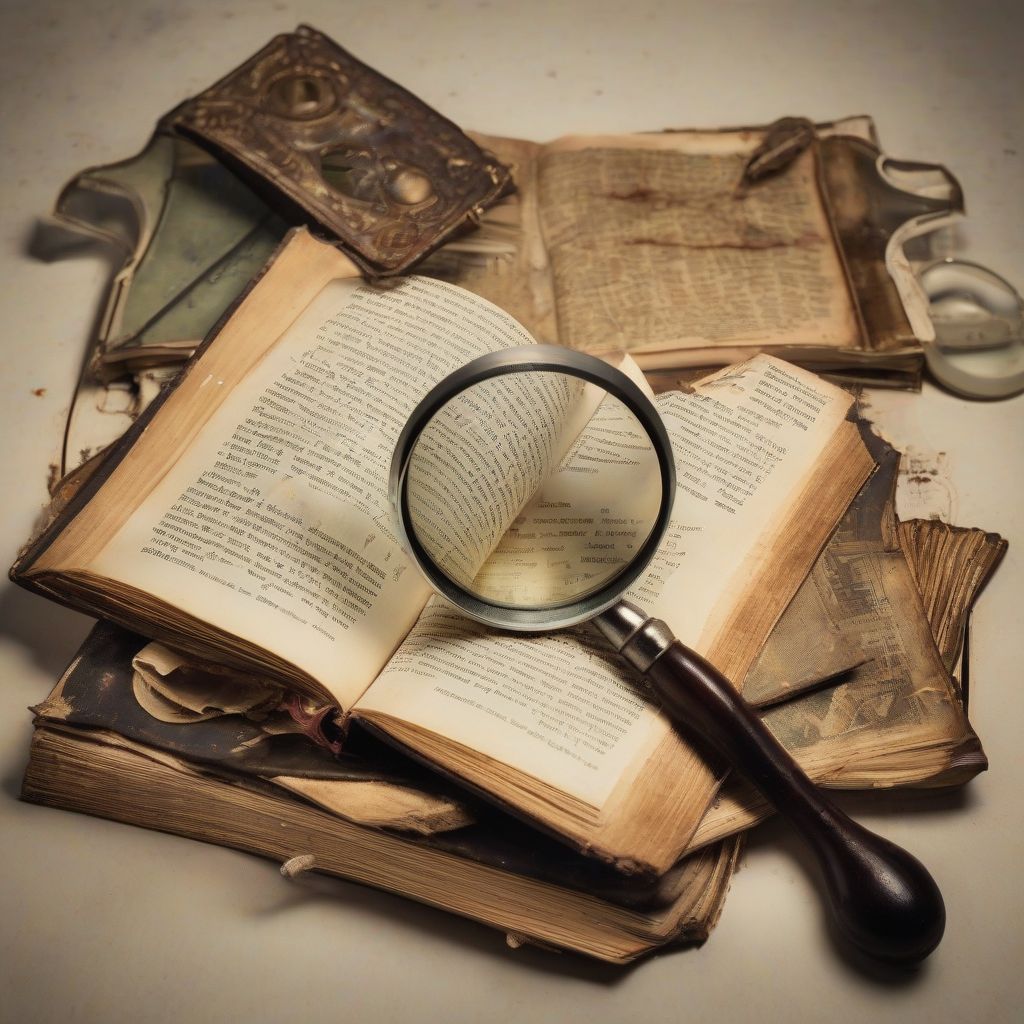Have you ever finished a classic novel and felt utterly captivated, yet couldn’t quite put your finger on why it resonated so deeply? The answer often lies in the intricate structure underpinning the narrative. Analyzing the structure of classic novels is like piecing together a literary puzzle, revealing the craftsmanship that makes these stories timeless.
Diving into the Framework: Key Elements of Novel Structure
Just like a delicious meal starts with a good recipe, a captivating novel relies on a solid structure. Let’s break down the key elements:
1. Plot: The Backbone of the Story
The plot is the sequence of events that unfolds in a novel. Classic novels often follow a traditional plot structure, which can be visualized as a pyramid:
- Exposition: We are introduced to the setting, characters, and initial conflict. Imagine Jane Eyre’s dreary childhood at Gateshead as the perfect example.
- Rising Action: Tension builds as the protagonist faces challenges and the conflict intensifies. Picture Elizabeth Bennet’s growing prejudice against Mr. Darcy in Pride and Prejudice.
- Climax: The turning point of the story, where the conflict reaches its peak. Think of the dramatic confrontation between Heathcliff and Catherine Earnshaw in Wuthering Heights.
- Falling Action: The aftermath of the climax, where loose ends are tied up. Imagine the unraveling of secrets after the masquerade ball in The Picture of Dorian Gray.
- Resolution (Denouement): The story concludes, offering a sense of closure or, in some cases, leaving the reader pondering life’s complexities.
2. Characters: The Heart of the Narrative
Compelling characters breathe life into the plot. In analyzing classic novels, we consider:
- Protagonist: The central character who drives the story. Consider the unwavering spirit of Scout Finch in To Kill a Mockingbird.
- Antagonist: The character who opposes the protagonist, creating conflict. Recall the chilling presence of Count Dracula in Bram Stoker’s iconic novel.
- Supporting Characters: They contribute to the plot and influence the main characters, adding depth and complexity to the narrative.
3. Setting: The Stage for Unfolding Drama
The setting encompasses the time and place in which the story unfolds, impacting the atmosphere, tone, and even character development.
- Historical Context: The social, political, and cultural backdrop against which the story takes place. George Orwell’s 1984 offers a chilling example of a dystopian society.
- Geographical Location: The physical environment where the story unfolds, influencing the plot and characters. Consider the evocative backdrop of the Yorkshire moors in Emily Brontë’s Wuthering Heights.
4. Point of View: The Lens Through Which We Experience the Story
The narrative perspective shapes how the story is told and how we perceive the characters and events.
- First Person: The story is narrated by a character, often the protagonist, using “I” or “we.” Charlotte Brontë’s Jane Eyre is a powerful example of first-person narration.
- Third Person: The narrator is not a character in the story and refers to characters as “he,” “she,” or “they.” Jane Austen’s Pride and Prejudice masterfully utilizes third-person narration.
5. Theme: The Underlying Message
Beyond the surface plot, classic novels explore universal themes that resonate with readers across generations.
- Love and Loss: From the passionate romance of Romeo and Juliet to the complexities of marriage in Anna Karenina, classic literature delves into the many facets of human relationships.
- Social Justice: Harper Lee’s To Kill a Mockingbird tackles themes of racial prejudice and the importance of standing up for what is right.
- The Human Condition: Fyodor Dostoevsky’s Crime and Punishment explores guilt, morality, and the depths of the human psyche.
Why Analyze Structure? Unlocking Deeper Meaning
Analyzing the structure of classic novels is not about dissecting them into dry, technical components. Instead, it’s about appreciating the artistry and gaining a deeper understanding of the story’s impact. By recognizing the deliberate choices authors make in crafting their narratives, we can:
- Uncover Hidden Layers: Structural analysis can reveal subtle symbolism, recurring motifs, and foreshadowing, enriching our interpretation of the text.
- Connect with Characters More Deeply: Understanding the protagonist’s journey through the plot structure allows us to empathize with their struggles and triumphs.
- Appreciate the Author’s Craft: Recognizing how structure shapes the narrative highlights the skill and intentionality behind classic works of literature.
Beyond the Basics: Tips for Analyzing Novel Structure
Ready to embark on your own literary analysis? Here are some tips:
- Take Notes: Jot down key events, character descriptions, and recurring themes as you read.
- Look for Patterns: Pay attention to how the author uses language, imagery, and symbolism throughout the novel.
- Consider the Historical Context: Research the social, cultural, and political climate in which the novel was written to gain a deeper understanding of the author’s influences.
- Engage in Discussion: Share your insights with others who have read the same book. Discussing different interpretations can enrich your own understanding.
Analyzing the structure of classic novels is an enriching journey of discovery. By unraveling the threads of plot, character, setting, and theme, we gain a deeper appreciation for the artistry of these timeless works and unlock the secrets behind their enduring power.
 Analyzing Classic Novels
Analyzing Classic Novels
[amazon bestseller=”classic literature”]
